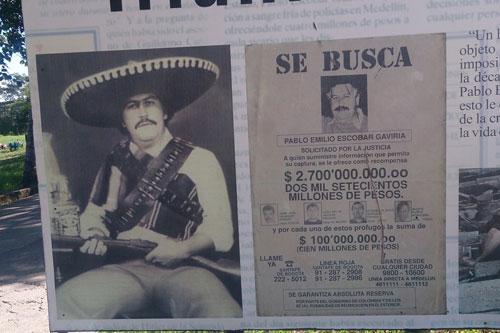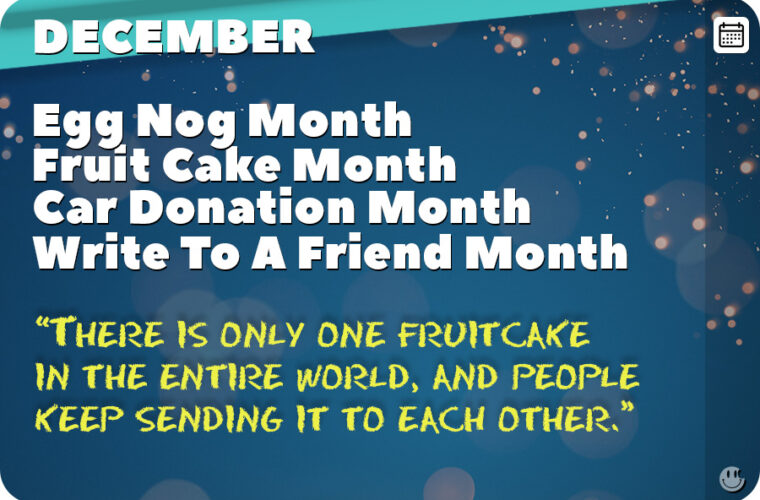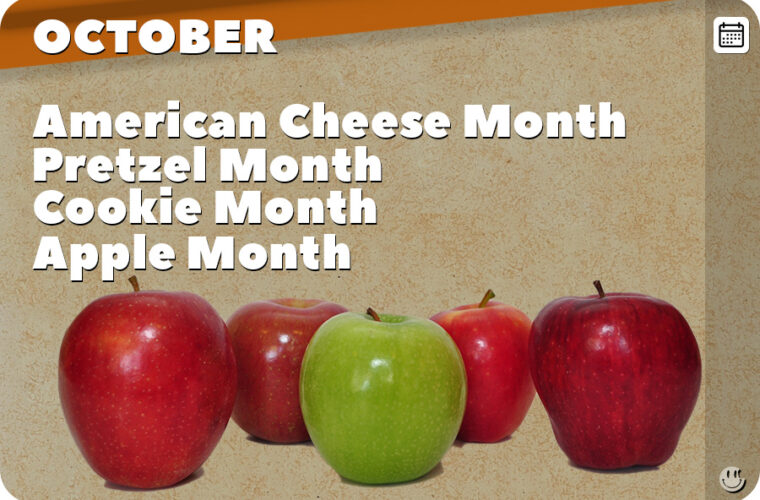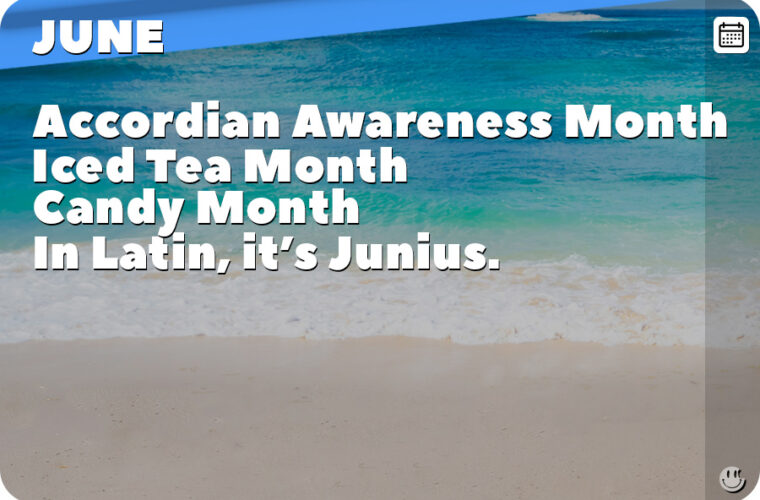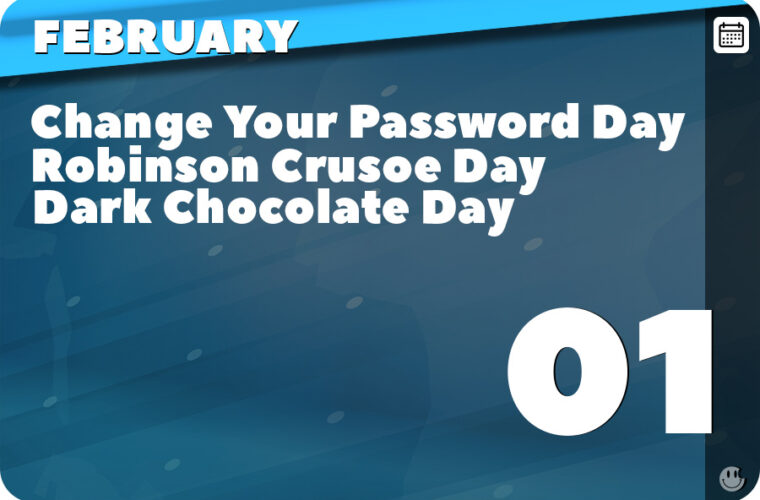 This is the first mugshot of Druglord Pablo Escobar, which ruined his hopes for presidency in Mexico and Solidified his drug lord empire. Before all of this, he was still well in depth in the criminal world. There are multiple stories behind how he started. According to Pablo himself, he started by selling oranges to make money to feed his family while other accounts include him taking, sanding down, and reselling gravestones. Some stories say he stoles the gravestones while others say that the owners of the cemetary would give them to him when families stop paying for plots.
This is the first mugshot of Druglord Pablo Escobar, which ruined his hopes for presidency in Mexico and Solidified his drug lord empire. Before all of this, he was still well in depth in the criminal world. There are multiple stories behind how he started. According to Pablo himself, he started by selling oranges to make money to feed his family while other accounts include him taking, sanding down, and reselling gravestones. Some stories say he stoles the gravestones while others say that the owners of the cemetary would give them to him when families stop paying for plots.
He is one of the major contributors to the surge in cocaine throughout the 80s. It’s estimated that 70 to 80 tons a month come across the border to the US from Pablo’s empire.
Pablo was also one never afraid to deal with authorities. There have been multiple incidents in the ast where he’s attempted to bribe officers and if they turn it down, they end up dead. His motto was “plata o plomo” which translates to silver or lead, insinuating that you take the money or they take your life.
While seen as an enemy of the United States and Colombian governments, Escobar was a hero to many in Medellín, especially the poor people; he was a natural at public relations and he worked to create goodwill among the poor people of Colombia. A lifelong sports fan, he was credited with building football fields and multi-sports courts, as well as sponsoring children’s football teams. Escobar was responsible for the construction of many hospitals, schools and churches in western Colombia, which gained him popularity inside the local Roman Catholic Church. He worked hard to cultivate his Robin Hood image, and frequently distributed money through housing projects and other civic activities, which gained him notable popularity among the poor.
The population of Medellín often helped Escobar by serving as lookouts, hiding information from the authorities, or doing whatever else they could to protect him. At the height of his power, drug trafficers from Medellín and other areas were handing over between 20% and 35% of their Colombian cocaine-related profits to Escobar, because he was the one who shipped the cocaine successfully to the US.
The Colombian cartels’ continuing struggles to maintain supremacy resulted in Colombia quickly becoming the world’s murder capital with 25,100 violent deaths in 1991 and 27,100 in 1992. This increased murder rate was fueled by Escobar’s giving money to his hitmen as a reward for killing police officers, over 600 of whom died as a result.
Things took a rough turn for him after he organized to have Luis Carlos Galán assassinated. Once the plan went through, the Mexican government recoiled against him and all the other drug lords in Mexico and offered to give all of them reduced sentences to stop all criminal activity. It didn’t work.
The war against Pablo Escobar ended on December 2, 1993, amid another of Escobar’s attempts to elude the Search Bloc. Using radio triangulation technology, a Colombian electronic surveillance team, led by Brigadier Hugo Martínez, found him hiding in a middle-class barrio in Medellín.
With authorities closing in, a firefight with Escobar and his bodyguard, Alvaro de Jesús Agudelo (a.k.a. “El Limón”), ensued. The two fugitives attempted to escape by running across the roofs of adjoining houses to reach a back street, but both were shot and killed by Colombian National Police. Escobar suffered gunshots to the leg and torso, and a fatal gunshot through the ear. It has never been proven who actually fired the final shot into his head, or determined whether this shot was made during the gunfight or as part of a possible execution, and there is wide speculation about the subject.
Some of Escobar’s relatives believe that he could have committed suicide.His two brothers, Roberto Escobar and Fernando Sánchez Arellano, believe that he shot himself through the ears: “He committed suicide, he did not get killed. During all the years they went after him, he would say to me every day that if he was really cornered without a way out, he would shoot himself through the ears.”
Soon after Escobar’s death and the subsequent fragmentation of the Medellín Cartel, the cocaine market became dominated by the rival Cali Cartel until the mid-1990s when its leaders, too, were either killed or captured by the Colombian government. The Robin Hood image that Escobar had cultivated maintained a lasting influence in Medellín. Many there, especially many of the city’s poor whom Escobar had aided while he was alive, mourned his death. About 25,000 were present for his burial.

